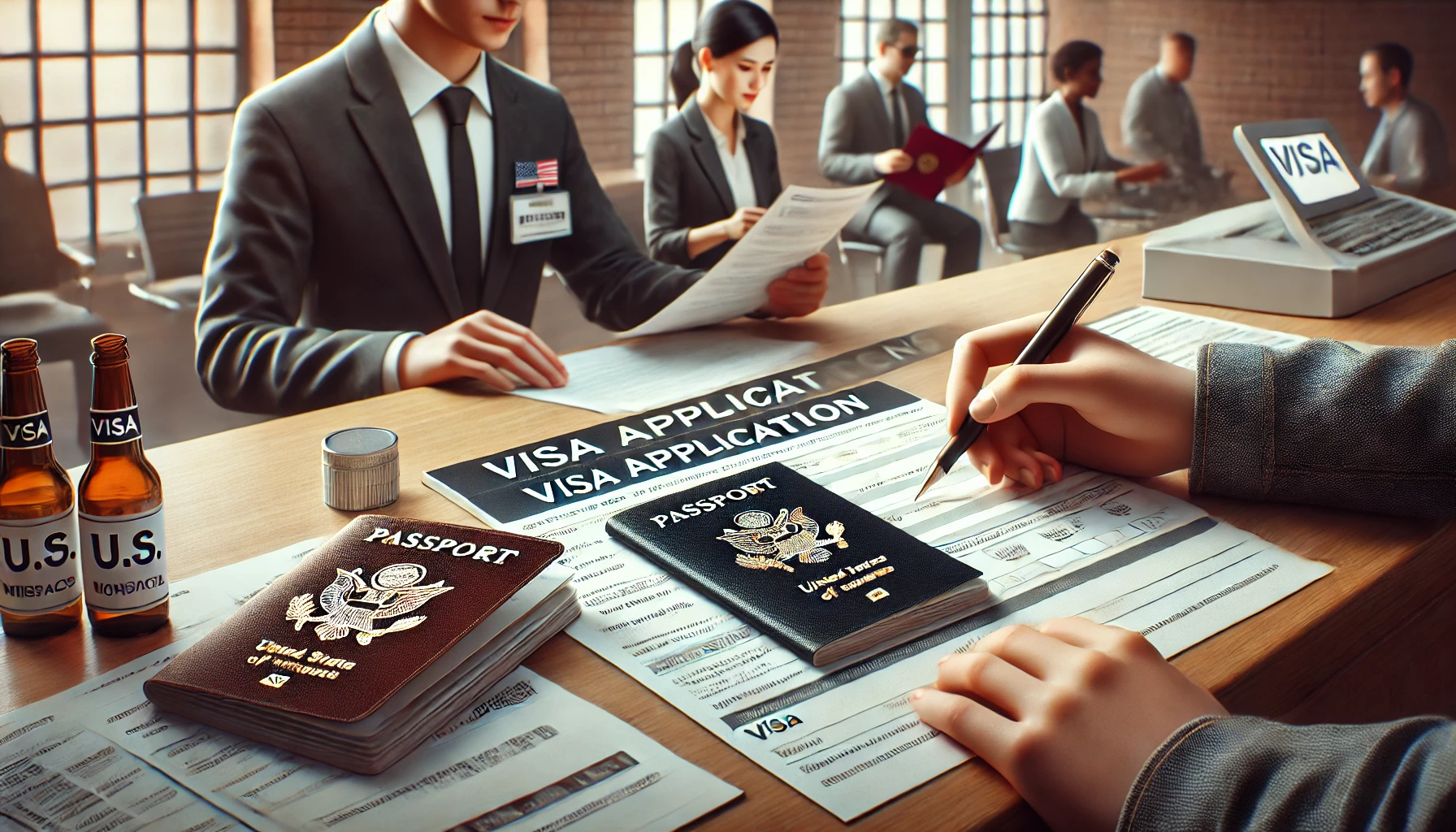Introduction
Applying for a U.S. visa can be a complicated process, especially for first-time applicants. With multiple visa categories, strict eligibility requirements, and an extensive interview process, many people struggle to understand the steps involved.
This guide provides a detailed step-by-step breakdown of how to apply for a U.S. visa, covering tourist, student, work, and immigrant visas. Whether you’re visiting the U.S. for leisure, education, or employment, following the correct procedures can significantly improve your chances of visa approval.
Types of U.S. Visas
Before applying, it’s important to determine which visa category is appropriate for your visit. The U.S. issues two main types of visas:
1. Non-Immigrant Visas (Temporary Stay)
These are for individuals who plan to stay in the U.S. for a limited period. Some of the most common types include:
- B1/B2 Visa – Business and tourism visitors
- F1 Visa – Student visa for academic studies
- J1 Visa – Exchange visitors
- H1-B Visa – Specialty occupation workers
- L1 Visa – Intra-company transferees
2. Immigrant Visas (Permanent Residency)
These visas are for individuals seeking to live and work permanently in the U.S.:
- Family-sponsored Green Cards
- Employment-based Green Cards (EB Visas)
- Diversity Visa (Lottery Program)
Step-by-Step Process for Applying for a U.S. Visa
Step 1: Determine the Correct Visa Type
Visit the official U.S. Department of State website (travel.state.gov) to find the visa type that matches your purpose of travel. Each visa has specific eligibility requirements, so choose carefully.
Step 2: Complete the DS-160 Form (Non-Immigrant Visas Only)
For non-immigrant visa applicants, the DS-160 form is mandatory. This online form requires personal details, travel history, and the reason for visiting the U.S.
- Access the DS-160 form at ceac.state.gov/ceac
- Complete the form accurately
- Save the confirmation page with the barcode for your visa interview
Step 3: Pay the Visa Application Fee
Each visa category has a specific application fee, typically ranging from $160 to $265. The payment must be made through designated bank channels, depending on your country.
Step 4: Schedule Your Visa Interview
After paying the visa fee, schedule an interview at the nearest U.S. embassy or consulate.
- Check the availability of slots as wait times vary by country
- Prepare a list of required documents before attending the interview
Step 5: Gather Required Documents
The documents needed may vary based on the visa type, but generally include:
- Valid passport (with at least six months validity beyond your planned stay)
- DS-160 confirmation page
- Visa fee payment receipt
- Recent passport-sized photograph
- Proof of financial stability (bank statements, sponsor letters)
- Letter of invitation (if applicable)
Step 6: Attend the Visa Interview
During the interview, a consular officer will ask questions about your travel purpose, financial status, and ties to your home country. Answer honestly and provide supporting documents if needed.
Step 7: Visa Approval or Denial
If approved, your passport will be returned with the visa stamped inside. If denied, the officer will explain the reason for rejection.
Tips to Increase Your Chances of Visa Approval
✅ Be honest in your application and interview
✅ Provide complete and accurate documents
✅ Show strong ties to your home country (family, job, property)
✅ Demonstrate sufficient financial resources for your stay
✅ Avoid last-minute applications; apply well in advance
Conclusion
Applying for a U.S. visa requires careful preparation, but by following these steps and submitting all required documents, you can improve your chances of a successful outcome. If you’re uncertain about any part of the process, consider consulting an immigration lawyer to assist you.
